Your Guide to Conflict-Free Diamonds, Ethical Gemstones & Diamond Alternatives
Introduction
Sourcing ethical diamonds, alternative diamonds, and responsibly mined gemstones can be tricky when it comes to ethical fine jewelry as reliable certifications are limited and misleading claims are commonplace. If you are wondering how to find ethical diamonds, what makes ethical gemstones...well ethical, or where to get these sustainable pieces, then this article is for you. First, let's take a look all the terms out there and what it means for gemstones, and diamonds to be ethical.
What does it mean to be an ethical and eco-friendly gemstone?This means the gemstones or diamonds are mined and cut ethically, have minimal impact on the environment. It also means that everyone in the supply chain is treated fairly and is not supporting: child labor, slave labor, unfair pay, unsafe working conditions or forced work.
Let’s break that down: Before your beautiful piece of jewelry hits the store, it has to be created right? Did you know that most diamonds change hands so many times before they come to market that it is virtually impossible to trace where it was mined or cut?
How can you tell if the gemstones and diamonds you are purchasing are ethical and responsibly sourced?
Now that you know what ethical jewelry is, how can you tell if the super cute alternative engagement ring stone you have your eye on, wasn’t mined by abused workers? It’s time to do a little homework on the jeweler. Ask the jeweler or look up the answers to the following questions:
- Is this gemstone traceable?
- Were these materials mined or lab grown?
- If these materials were lab grown, was it made with renewable energy?
- If these materials were mined was it done by a large corporation or a small one?
- Do these mining companies have environmental safeguards or use low-impact equipment?
- Do these companies pay their workers fair wages and treat them well?
- Who cut the stone? Were these workers paid and treated fairly and have safe conditions?
Believe it or not, many engagement rings are not ethically made and harm the people and planet. Many fine jewels made with diamonds or precious gemstones can contribute to unethical practices and oftentimes the conditions of the sourcing are opaque.
What is a Conflict-Free Diamond & Why Should You Not Solely Rely on "Conflict-Free" for Sourcing Gemstones?
Ethical jewelers today are actually not leaning completely on "conflict-free" Kimberly Process Certification Scheme diamonds. The term conflict-free covers preventing the sale of blood diamonds or diamonds used to finance wars against a legitimate recognized government. Because of this program’s many loopholes to classify a blood diamond and constant undermining by corruption and smuggling it has waned in credibility and reliability. Responsible designers now need to go above and beyond the “conflict-free” certification to ensure their diamond was ethically sourced.
Conflict-free diamonds have now become the status quo. Every diamond sold in USA actually has to be conflict-free yet human rights issues in diamond mining still persist worldwide.
While Kimberly Process has greatly reduced the number of blood diamonds in circulation to 5-15% annually by some estimates, it stops short at addressing the many other issues in diamond mining like: slave labor, unfair pay, forced labor, child labor, dangerous working conditions, environmental impact, and traceability.
Reflective Jewelry has done an amazing in-depth article on the subject, I highly recommend going down this rabbit hole if you’re interested: click here to check it out!
What is Block-Chain Tracing and is it Ethical?
Block chain initiatives like Tracr by De Beers is a new technology that aims to trace every diamond. This is an important step to bring accountability and transparency to the industry. It is still currently being developed and integrates with systems already in place used for the diamond trade. Some initial criticism is that it dependent on the data being entered into them and may have some weaknesses for accuracy. Also it cannot track melee (smaller) diamonds quite yet but they have plans to address all the issues.
Which gemstones are ethical and lower-impact?

Ethical Diamonds
Diamonds are mined on just about every continent in either big mining operations or a vast network of small scale mines called ASM (Artisanal Small Scale Mines). Some conventionally mined diamonds and illicit mined diamonds are extremely difficult to trace because they change hands so many times before coming to market. Kimberly process is the only widely available certification program currently in place, however it is unreliable at aiding in traceability.
Be aware that "Conflict-Free" diamonds are just one part of many mining issues that should be addressed and reference a specific issue in specific regions.
All diamonds are not created equal and even though there are serious issues with mining diamonds, some newly mined diamonds can indeed be ethical.
The most straightforward way to source an ethical diamond is to obtain one from a country that has a high standard for labor and environmental rights. Countries like Canada and Australia fit the bill as direct sourcing these stones is widely available and some mining companies offer many added assurances.
Africa is a very large continent and the labor issues vary greatly from country to country. Sourcing diamonds from trusted vendors that offer full transparency in non sanctioned regions will also be your best bet. Like in the case of Ocean Diamond brand diamonds mined in a low impact manner off the coast of South Africa using minimal equipment, and professional divers. These diamonds meet the highest standards for ethical and environmental impact as they inherently more eco-friendly than terrestrial mined diamonds and disclose in-depth details about their treatment of employees.
What to look for: Certified Canadian Diamonds, Certified Australian Diamonds, artisanal small scale mined with known provenance, or traceable diamonds. Certified Ocean Diamond brand diamonds.
What to avoid: only certified Kimberly process diamonds with no other details. New diamonds with no verified origin. Diamonds labeled or marketed as "Conflict-Free".
Read about why Kimberly Process doesn't work here.
Read more on the human rights violations that De Beers contributes to here.

Recycled Diamonds, Vintage Diamonds and Heirloom Diamonds
A great diamond alternative for engagement rings or heirloom jewelry is certified reclaimed diamonds. Repurposing diamonds and gold for jewelry is more of a neutral solution rather than an active one as it does not decrease the demand for mining and should not be considered “recycling” as we commonly understand it. The reason being diamonds and gold are not comparable to materials like plastic where recycling this material diverts them from a harmful waste stream. Waste in fine jewelry is non existent when every last scrap of gemstone and gold is always repurposed. Because of diamonds and golds intrinsic value mining will most likely not stop or even slow down any time soon to a level where a circular economy is possible. There are some talks to even ban the term recycling when it comes to gold as it is misleading to consumers and creates a more actively positive perception about the material.
Traceability is an issue for certified recycled diamonds, as there is usually no way to know the age of the finished diamond or if it came from unethical sources in the last few years. With the exception of reclaiming diamonds from professionally assessed antique pieces usually aged 80 years or more before many human rights issues with diamond mining took place. However, definitely consider repurposing your family diamonds before setting out to buy a new rock for your next piece of jewelry. Most jewelers would be happy to use your heirloom stones.
What to look for: Certified reclaimed (commonly called recycled), or your own heirloom stone.
What to avoid: Non-certified reclaimed diamonds.
Lab Grown Diamonds
Lab diamonds are increasing in popularity as an accessible, low-impact, traceable, and ethical diamond solution. Lab diamonds are real diamonds that are grown using special machinery mimicking the exact same process that formed diamonds billions of years ago but condensing it into a week. Under magnification lab diamonds are indistinguishable from earth grown diamonds and require specialised equipment to tell them apart. The only difference is that lab grown diamonds are not naturally earth grown. Lab diamonds also come with the same professional gemologist grading paperwork to asses the diamond's quality just like earth mined diamonds.
Lab diamonds are inherently “conflict-free” as they are not associated with any of the issues of blood diamonds. Lab diamonds have a reputation for being more ethical with the labor to produce as they are made within registered organisations that normally require adherence to ethical labor practices of their respective country. The use of sophisticated equipment and necessary business procedures also eliminate issues associated with illicit artisanal mining as a level of transparency is needed to operate these companies.
Lab Diamonds are not without their flaws and have been known to use a ton of resources and still require mining of carbon seeds and fossil fuels to produce. However the resources lab diamonds use can be slightly less than mining earth diamonds if the factories use cleaner energy sources. Like in the case of AETHER air lab diamonds that use solar power and capture carbon emissions to make their diamond crystals.
Up until this point there has not been a certified ethical or sustainable lab diamond on the market however, SCS global services has just introduced their Sustainably Rated diamond standard.
What to look for: Certified Lab Grown from a company that uses renewable energy and has an offset program. Extra credit if the diamond was made using carbon pollution sequestered from the air instead of mined carbon seeds like AETHER brand lab diamonds.
Runner up: Lab Diamonds made in the USA and cut using ethical labor.

Diamond Alternative: Rustic Diamonds
The best diamond alternative is actually a diamond! Rustic diamonds or alternative diamonds or salt and pepper diamonds are diamonds that are heavily included, and come in a large variety of warm romantic colors and creative cuts like hexagon, kite, pear, or bullet. Rustic diamonds are very unusual and do not have the look of a traditional diamond and each one is one-of-a-kind. Rustic diamonds are also an accessible price point compared to traditional perfect diamonds. Rustic diamonds have an ethical and environmental edge over the brilliant cut diamonds because they are less in demand and can be more easily directly sourced direct from smaller mining companies.
What to look for: Look for a traceable known provenance rustic diamond for the ultimate ethical stone. Stones from Australia & Canada are a sure bet.
What to avoid: Untraceable Rustic diamonds.

Diamond Alternative: Sapphires & Rubies
Sapphires and rubies are a great diamond alternative because they are accessible in price, they come in just about every color and saturation (including white and pastels) and they are almost as hard as a diamond. In fact they are the 2nd hardest gemstone with #1 being a diamond. This means they are suitable to stand up to everyday wear and tear; necessary qualities for an engagement ring. Fun fact: Rubies are actually red sapphires! So same rules apply to them too. Buy your sapphires and rubies from a reputable source that uses offers traceability and disclosure of working conditions.
What to look for: Montana sapphires, Australian Sapphires, traceable sapphires, artisanally mined sapphires, with known provenance.
What to avoid: Materials from Burma are often linked to sales that could be funding militaries that the United Nation accuses of genocide. Avoid sapphires and rubies from Gemfields, a corporation that is fueling the ethical issues with colored stone mining.
Read more on the human rights issues with Gemfields here.
In Closing
Many ethical brands like us at Valley Rose are transparent about the source of the materials. When you support eco-conscious and ethical brands, you’re supporting a healthy, equitable, and brighter future. Happy shopping!
2 comments
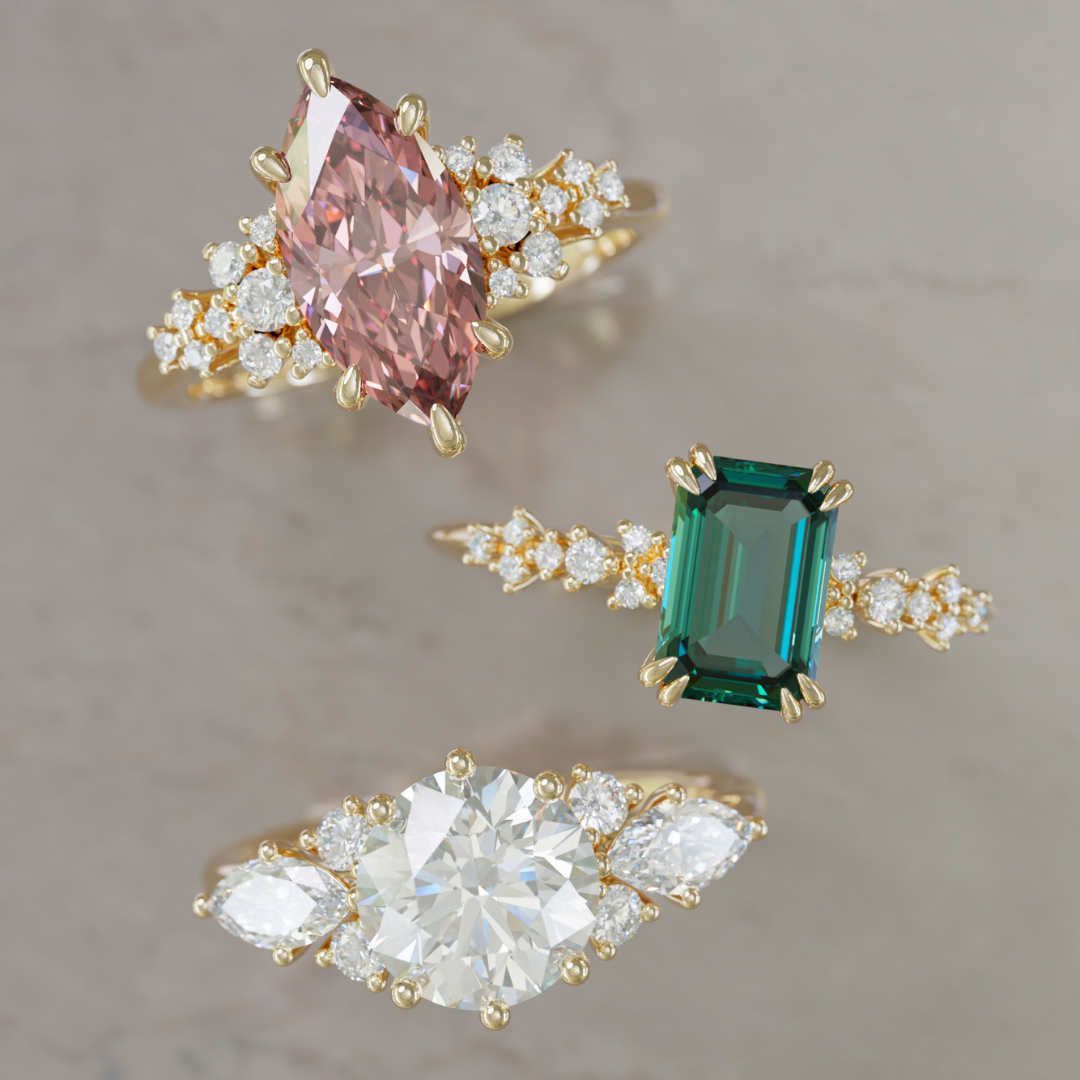



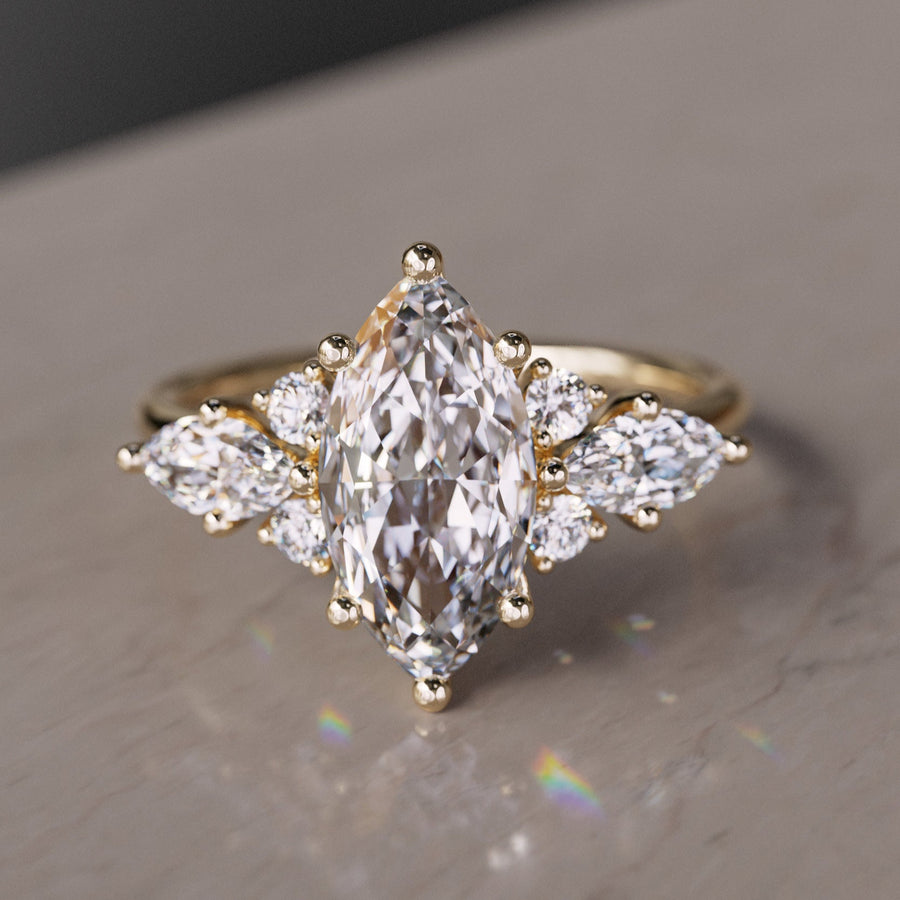
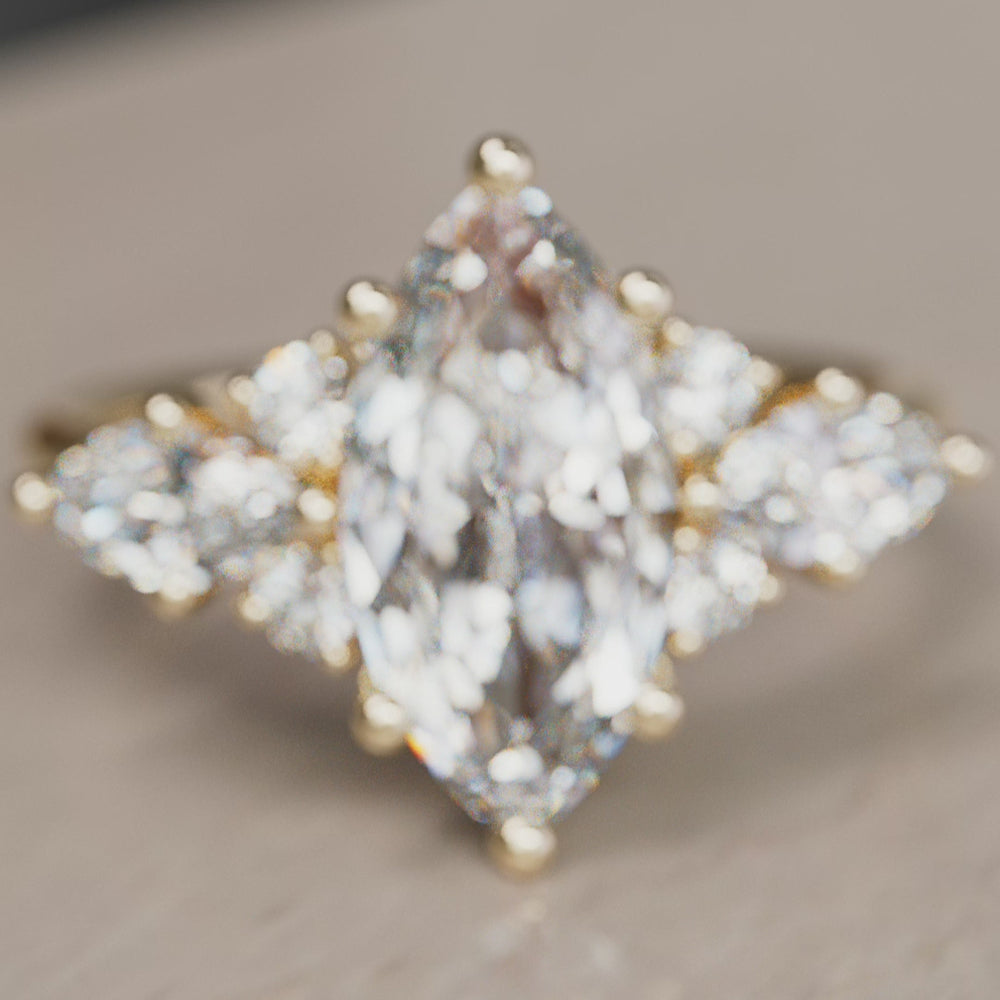
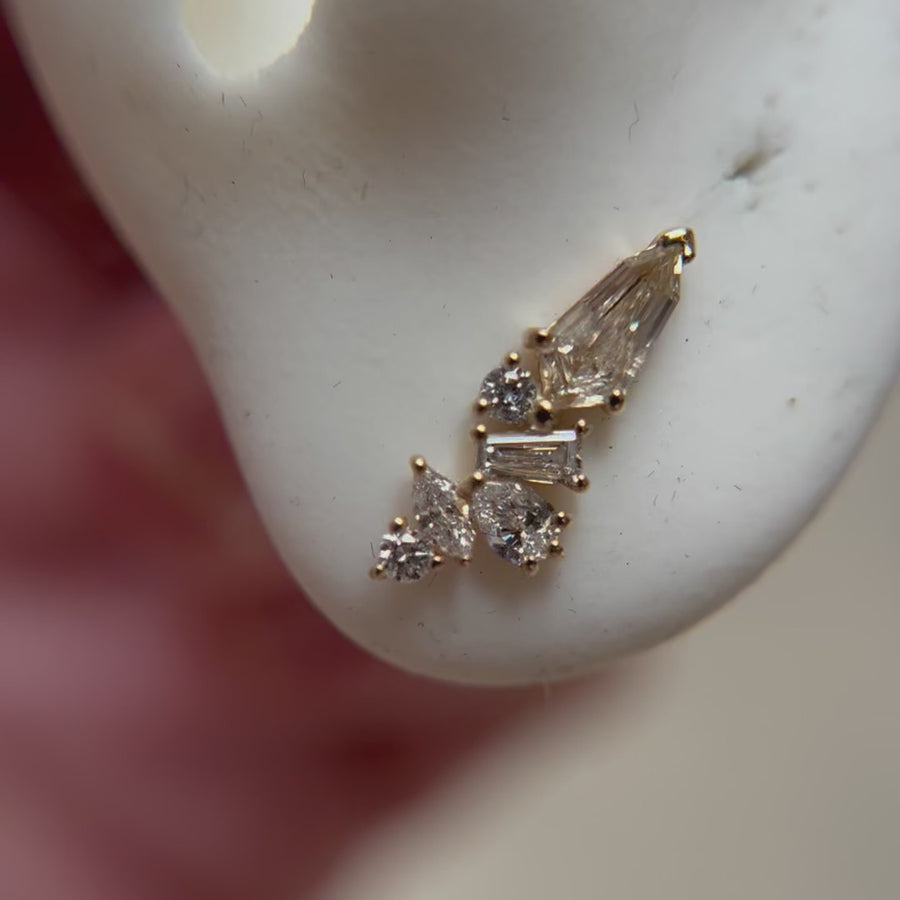
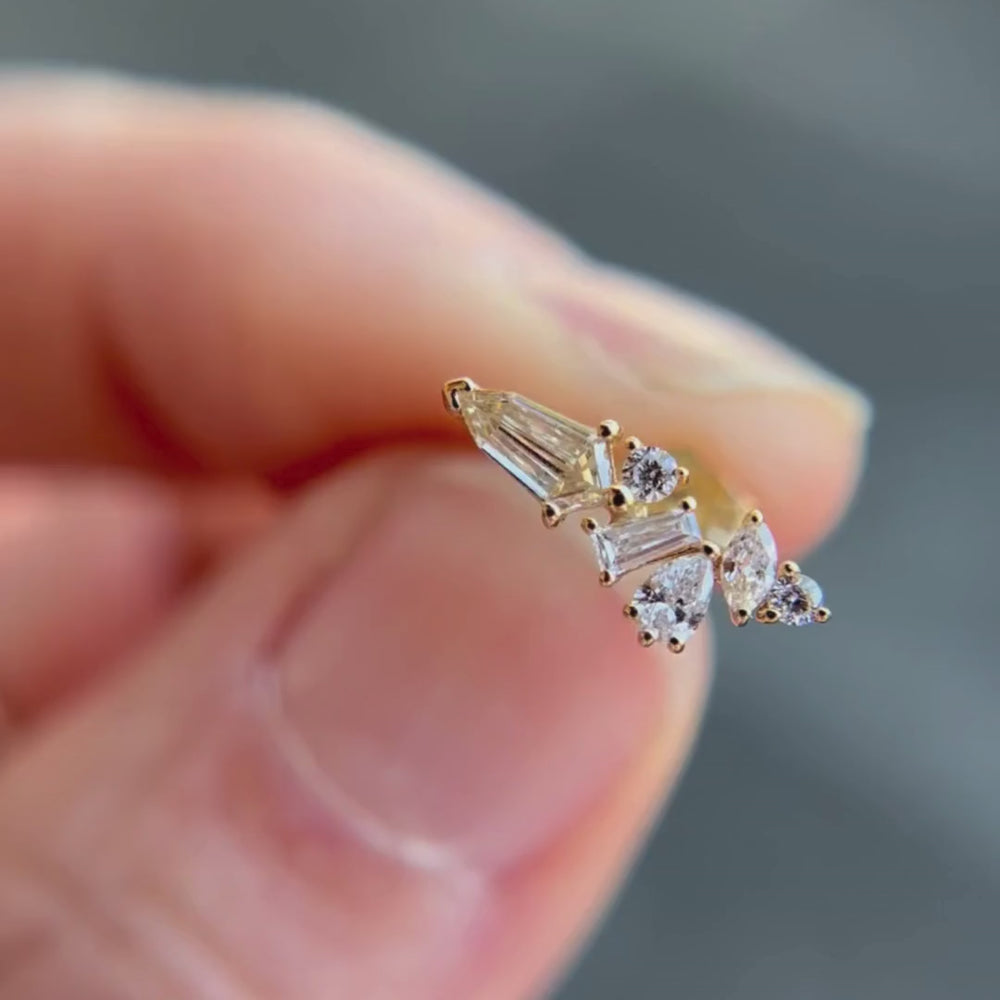

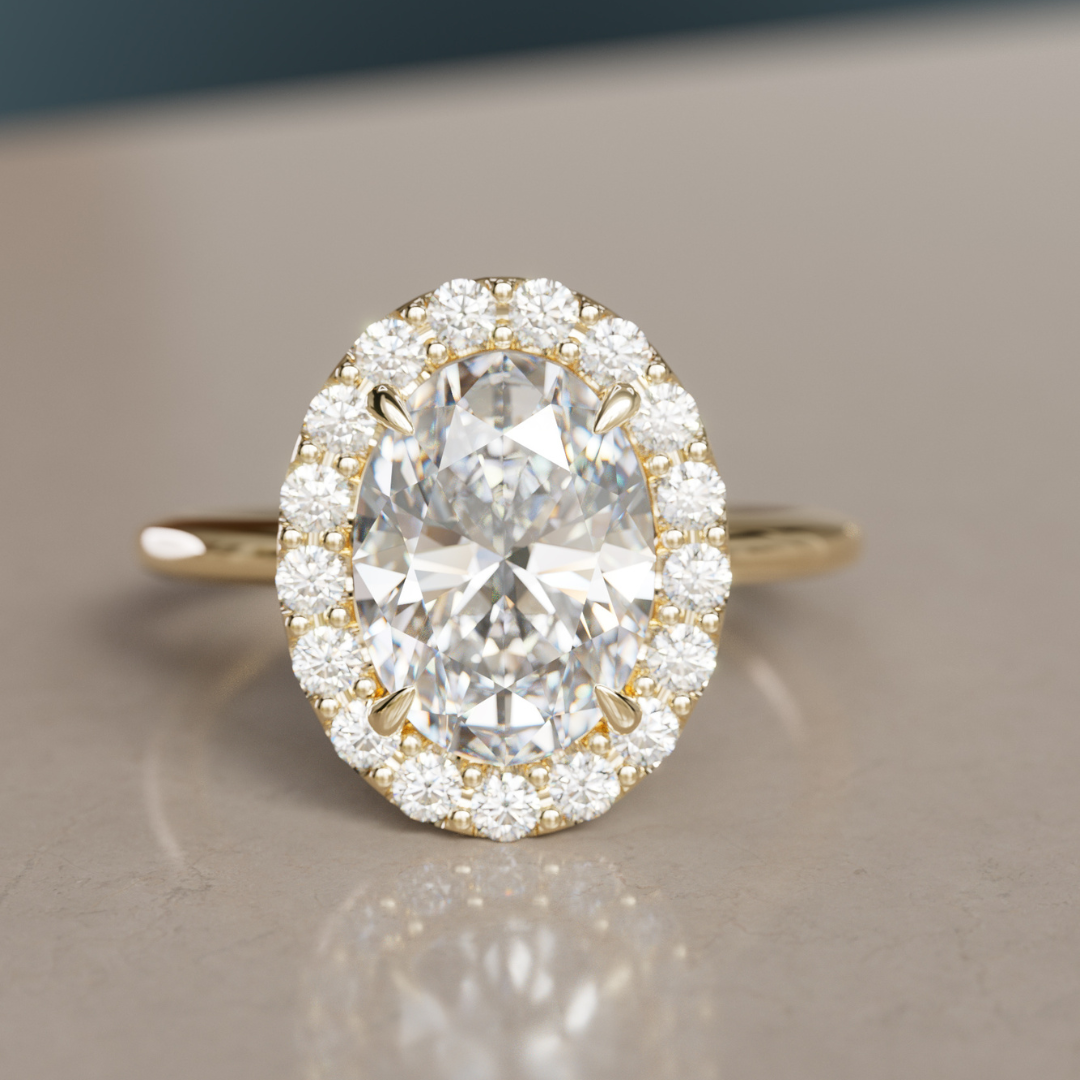
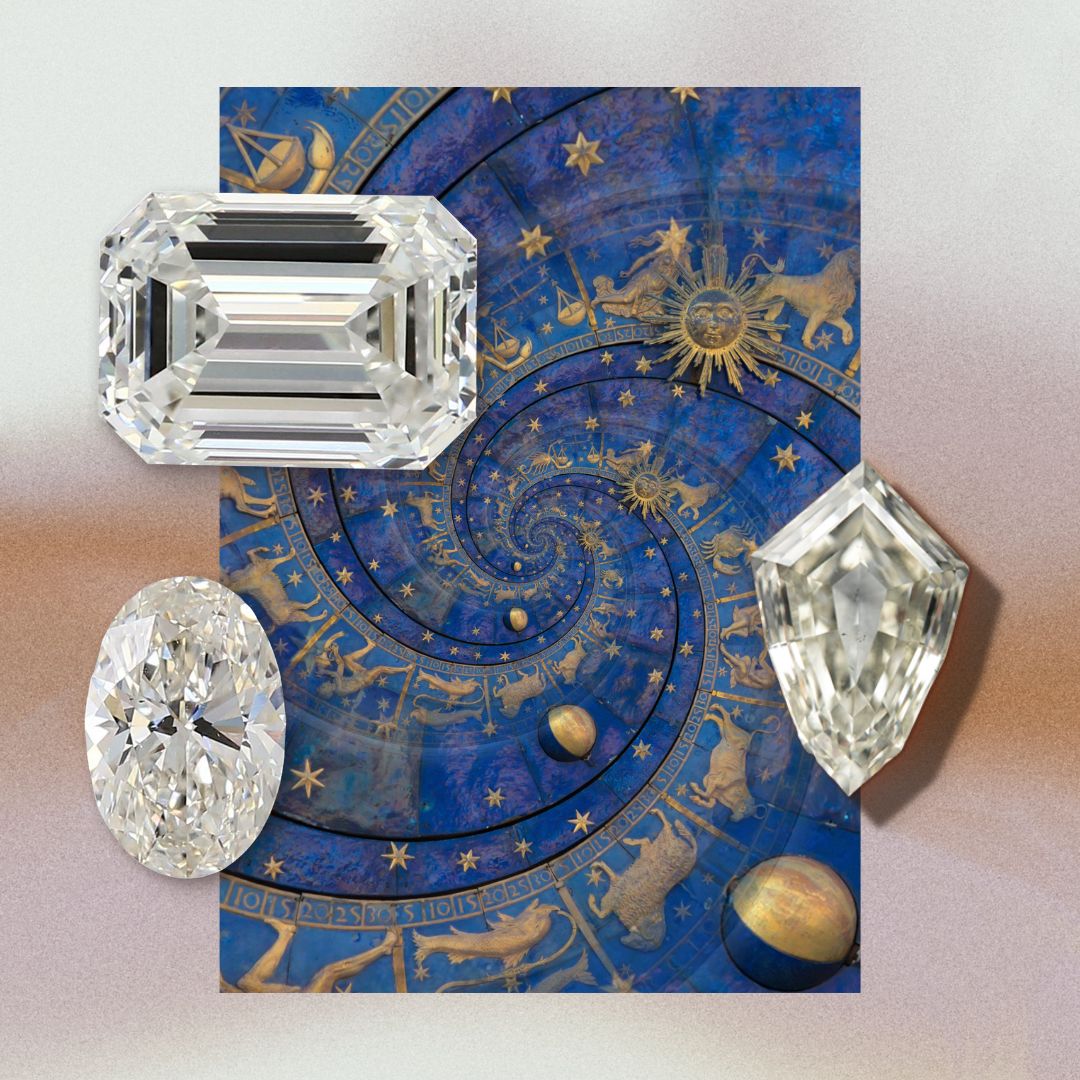





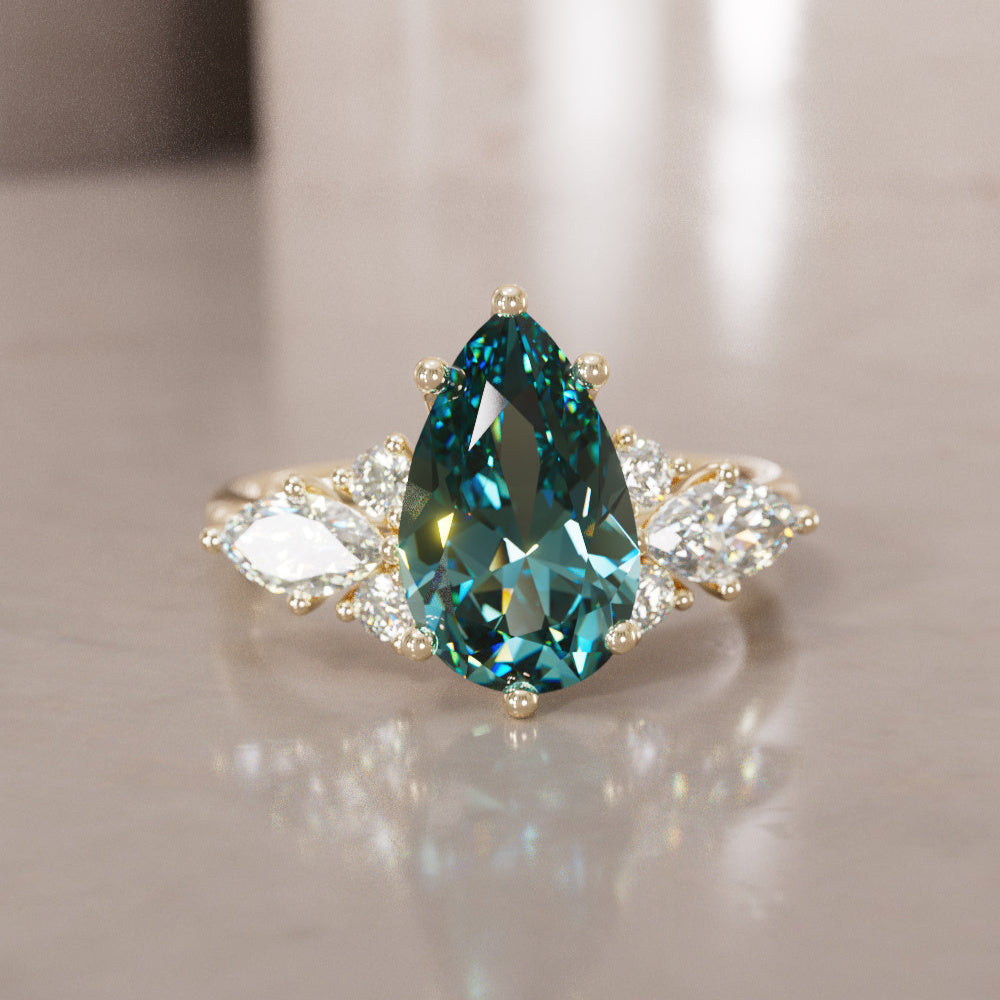
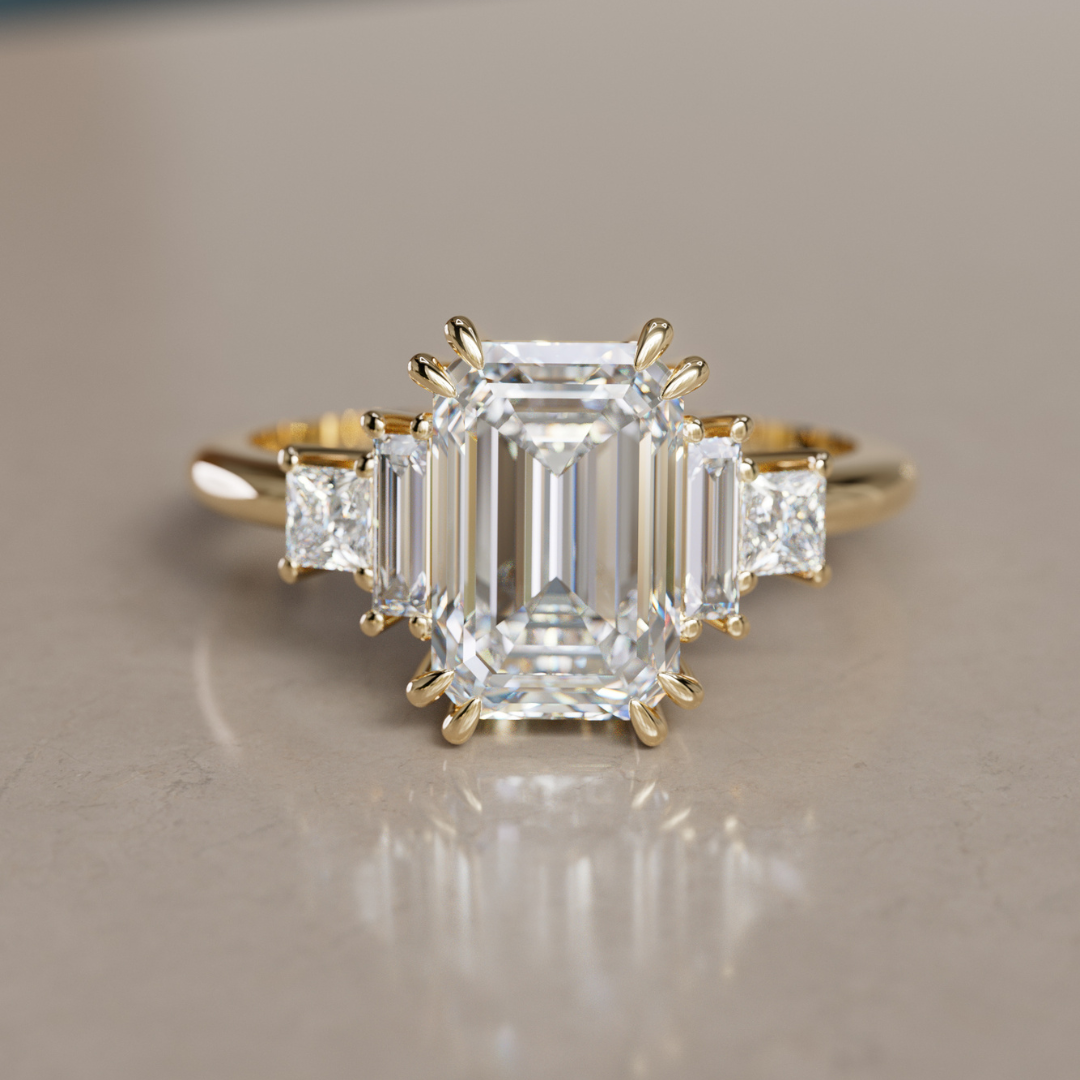
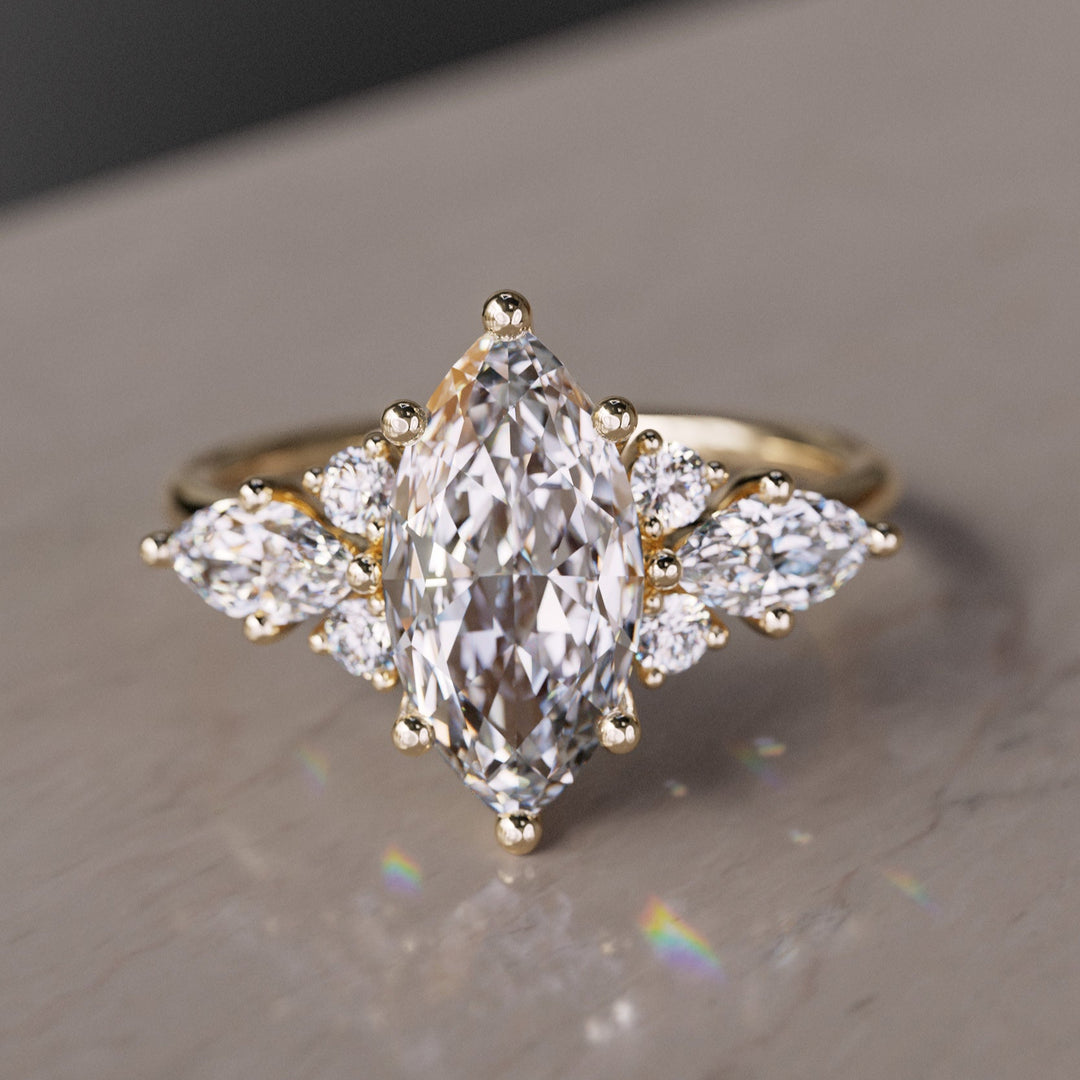
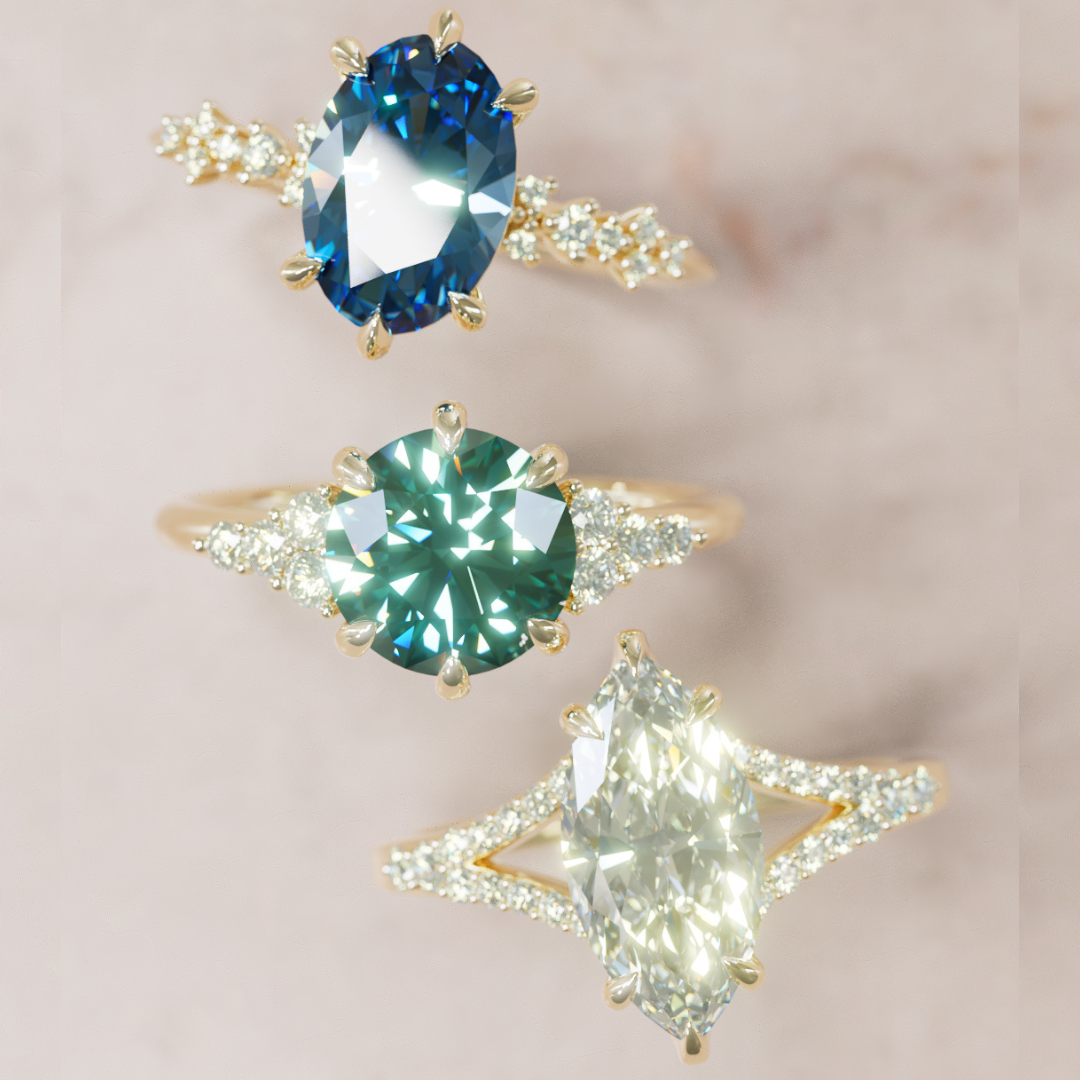
Hi Jacie,
Moss agate is sourced from India, Brazil, Uruguay, central Europe, and the western United States. I would try and find one sourced direct in the closest country to you. As far as ethics these stones are extremely low risk for being involved in any sort of slave labor and conflict issues.
I do want to point out that Moss Agate has a mohs of 6.5-7, if you get a stone around a 6 mohs then it is at risk for scratching or chipping if worn everyday. We recommend a bi-color green sapphire instead! These can be cut into rose cuts (flat cuts like agates) and will resist scratching and chipping a lot more. Plus they come in those dreamy color patterns that make moss agates so beautiful. Happy Ring shopping!
I am wanting a moss agate engagement ring and am wondering if they are ethical
Leave a comment